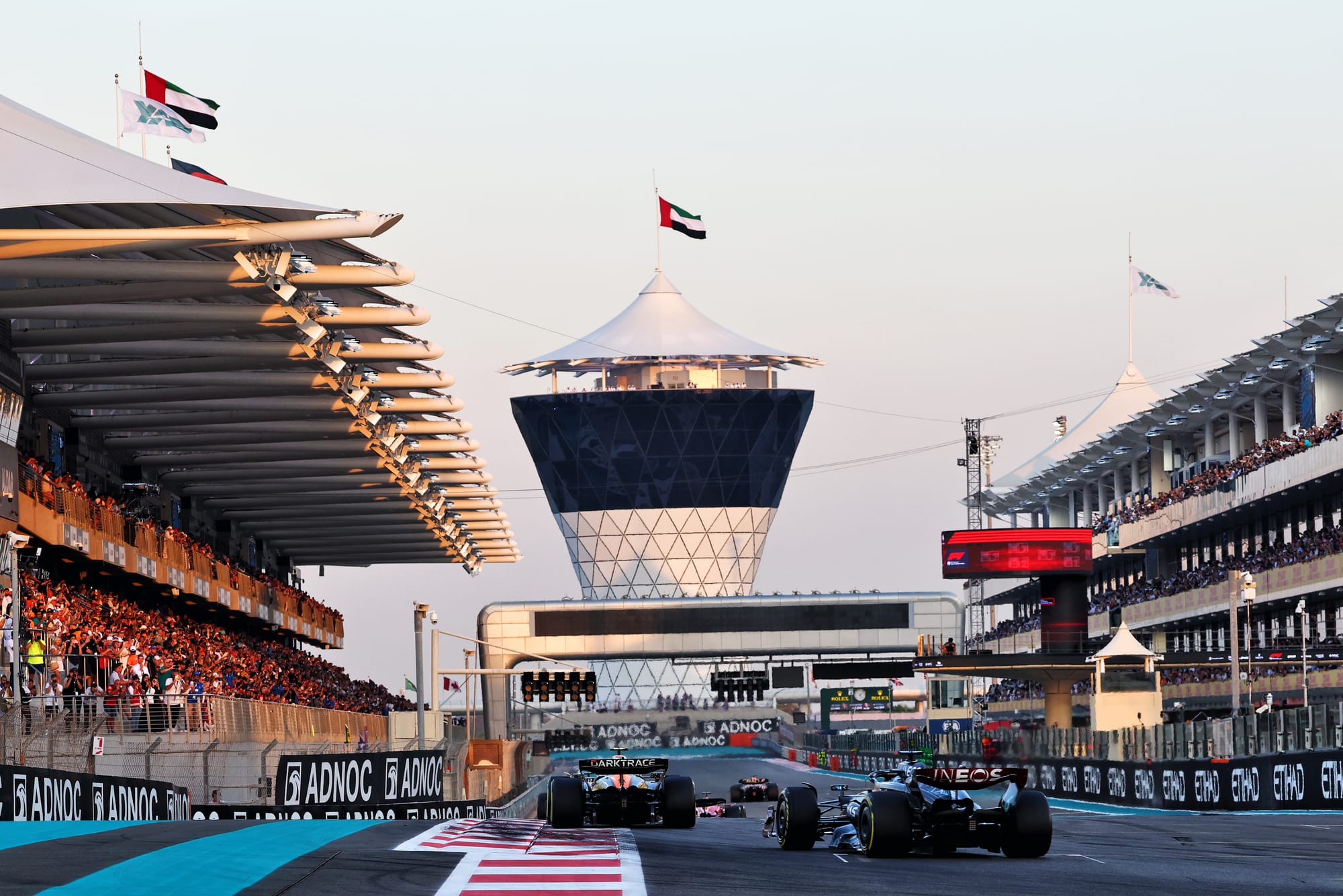Up Next

Max Verstappen: nineteen race wins in a season, over 1000 laps led.
Behind him in the Abu Dhabi Grand Prix season finale the tyre demand - once drivers had abandoned their pre-race vow to manage the tyres - was just hard enough to enforce a two-stop on everyone. Relative to Red Bull, that got Ferrari, Mercedes and McLaren out of a bind, otherwise they’d have been even further behind.
Because he was running easy at the front, once he’d fended off the aggressively-starting Charles Leclerc, Verstappen was able to just control his pace and extend his tyre life. So he was able to make his second stop between 6-7 laps later than the chasers, thereby just increasing his pace advantage as he got onto his final set of tyres.
Had everyone had the early discipline to stay with the one-stop plan (having two sets of hard standing by just in case), then the Red Bull’s tyre usage advantage would have been even greater. At least this way the tyre life contest got two resets instead of one.
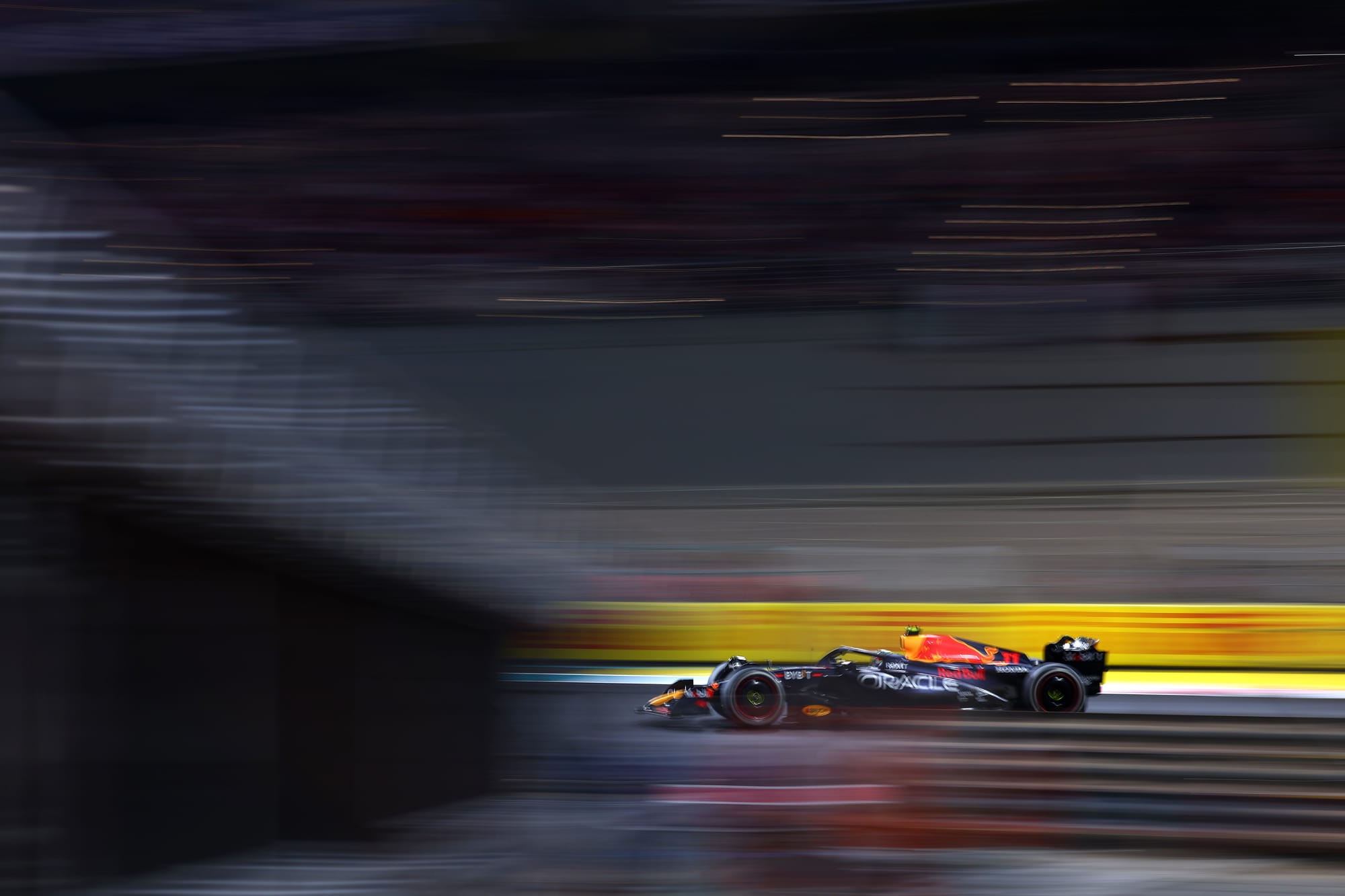
Sergio Perez just emphasised how much better the RB19 was on its tyres than everything else. Starting ninth, he made it up to third, past George Russell’s Mercedes, and was then allowed through to second by Leclerc for reasons to do with Ferrari’s battle with Mercedes for second in the constructors’ championship.
But because of Perez’s five-second penalty for a clumsy wheel-banging pass on Lando Norris’s McLaren, Leclerc’s help wasn’t enough. Russell’s official third place after the Perez penalty clinched Mercedes runner-up in the constructors’ championship. With one second to spare.
“It was the logical thing for Ferrari to do,” commented Christian Horner, “but they only half-did the job! They let Checo through but - as Checo has demonstrated before in that part of the circuit - you can hold up someone by quite a bit of time there. Charles needed to hold off George a little more to get that extra second.” Perhaps there was only so far Leclerc was prepared to go.
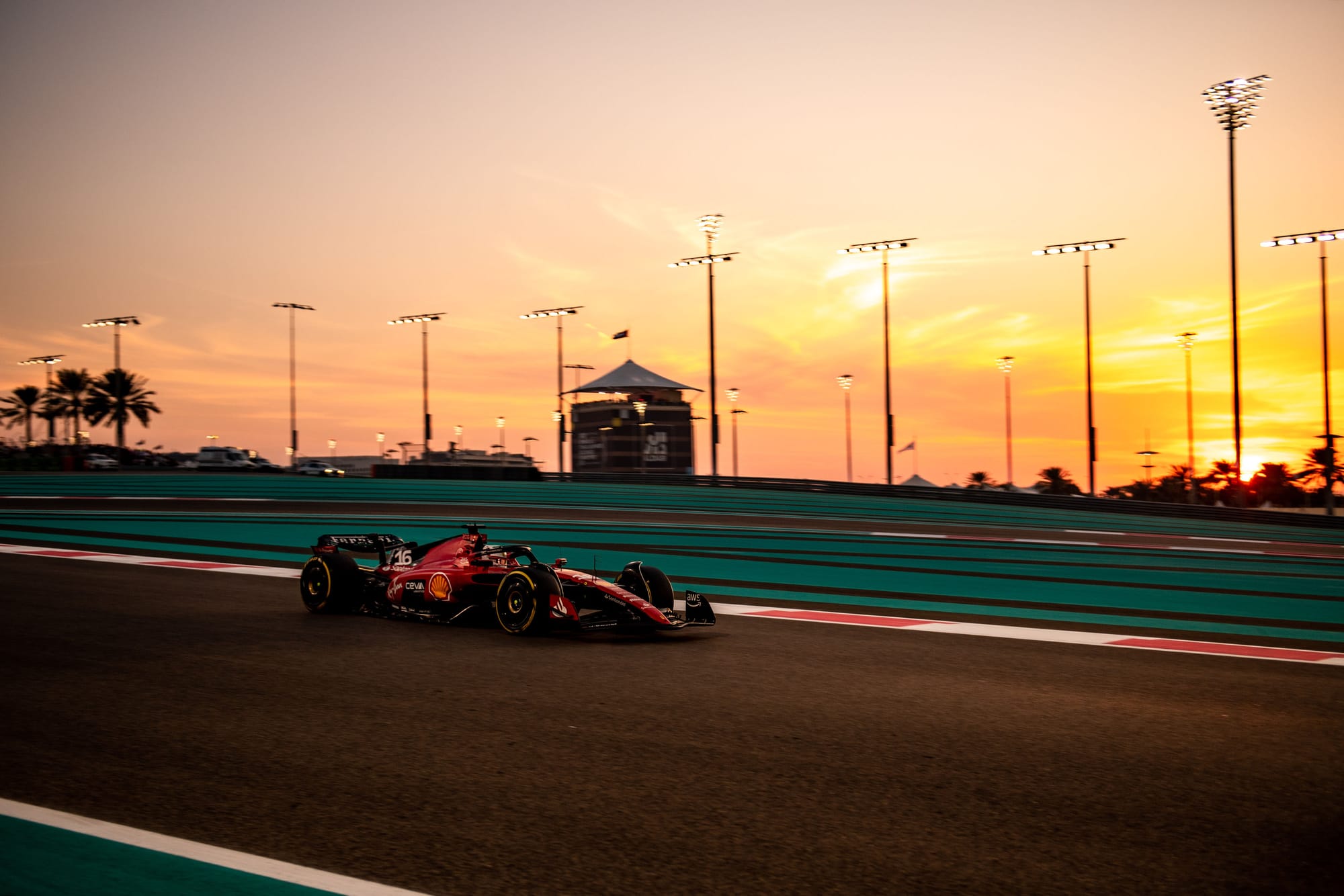
Leclerc had delivered yet another stupendous qualifying lap, one which had put the Ferrari on a flattering front-row grid position. From there he was super-aggressive with Verstappen on the opening lap and Max had to use up his tyres more than he would have liked to retain track position and then be out of range by the time DRS was enabled on lap three. That contributed to the steady graining of the right-front later in the stint. But even then, he was able to whisper his tyres to a longer first stint than those immediately behind - Leclerc, the McLarens, Russell - without being in any undercut danger.
Leclerc wasn’t the only one forcing a hard pace on the first few laps. If everyone had managed their tyres as their teams had requested, this race would have been quicker run as a one-stop. Running just gently enough not to lose 22s over the race distance likely would have been a few seconds quicker. That was the assessment of most of the strategy teams on the pitwall.
But not everyone co-operated! The cascade effect of some coming in early pulled almost everyone into the two-stopper.
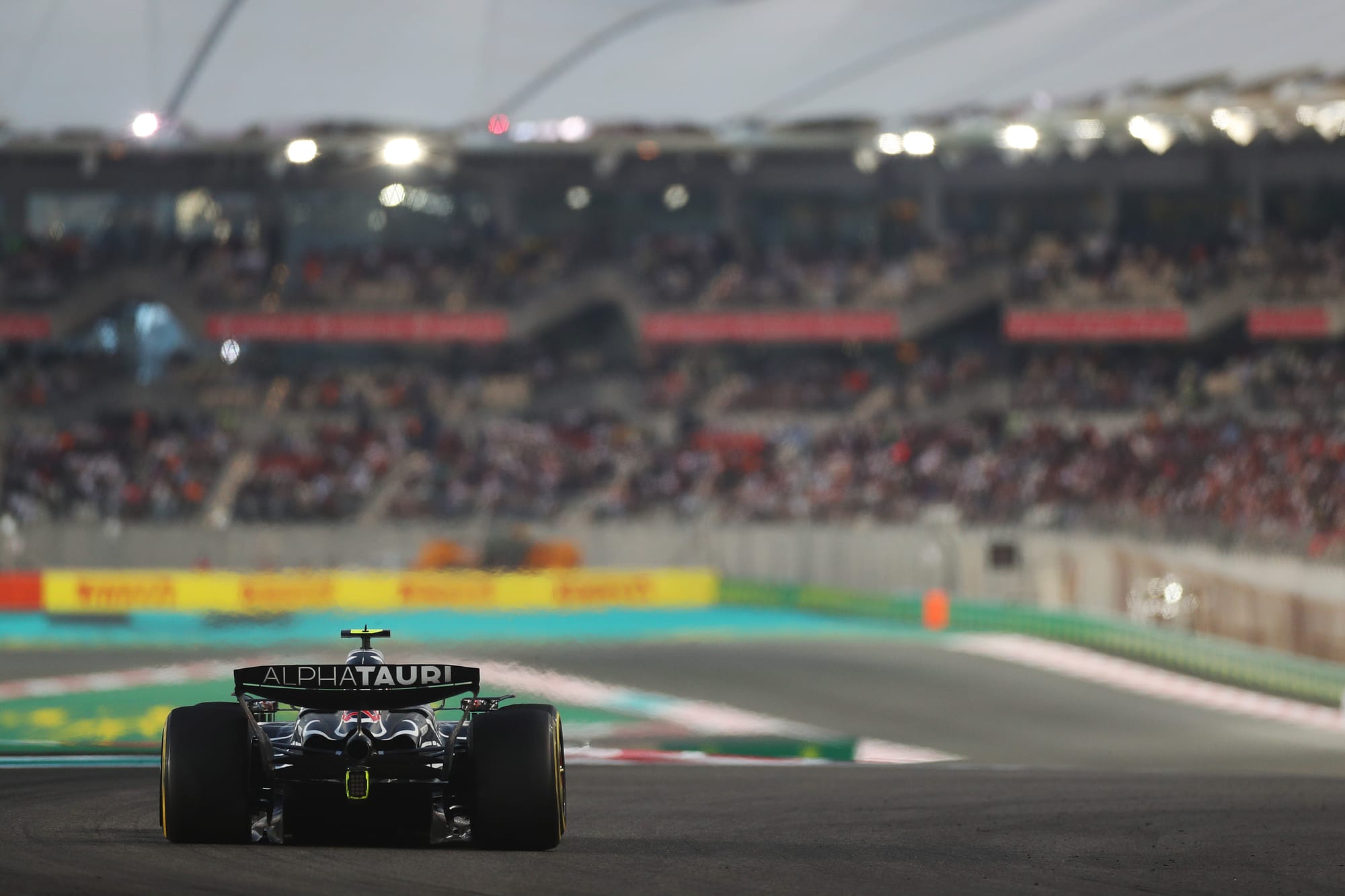
Not quite everyone. AlphaTauri - trying to make up eight points on Williams for the millions of dollars' difference between seventh and eighth in the constructors’ - stuck to its one-stop guns with Yuki Tsunoda after he’d qualified an excellent sixth. With Williams non-scoring, if Tsunoda could have repeated that position in the race, it would have secured the position. He was running there late in the race but couldn’t quite hold off the resurgent two-stopping Oscar Piastri and Fernando Alonso.
Actually, had Leclerc held up Russell enough on the last lap for Perez to overcome that five-second penalty, then Mercedes could still have clinched second in the championship - if Hamilton had managed to pass Tsunoda for eighth. On the last lap, he did so. But only briefly, the Mercedes scrabbling wide on the exit of Turn 9 and allowing the AlphaTauri back through.
This was a function of the Mercedes’ overheating brakes. Yas Marina is not a circuit with a heavy braking demand but his misaligned front wing endplate - incurred when he’d hit Pierre Gasly’s Alpine in the early laps - was directing the air away from the brake duct.
Hamilton just was not in the picture at any point this weekend, 24s behind Russell after having not made it out of Q2, 0.35s off his team-mate. He was not getting past that tyre temperature threshold in qualifying, the confidence on corner entries was just not there and with his compromised braking he was not a force in the race. It’s a season Hamilton will want to forget and it ended with a whimper.
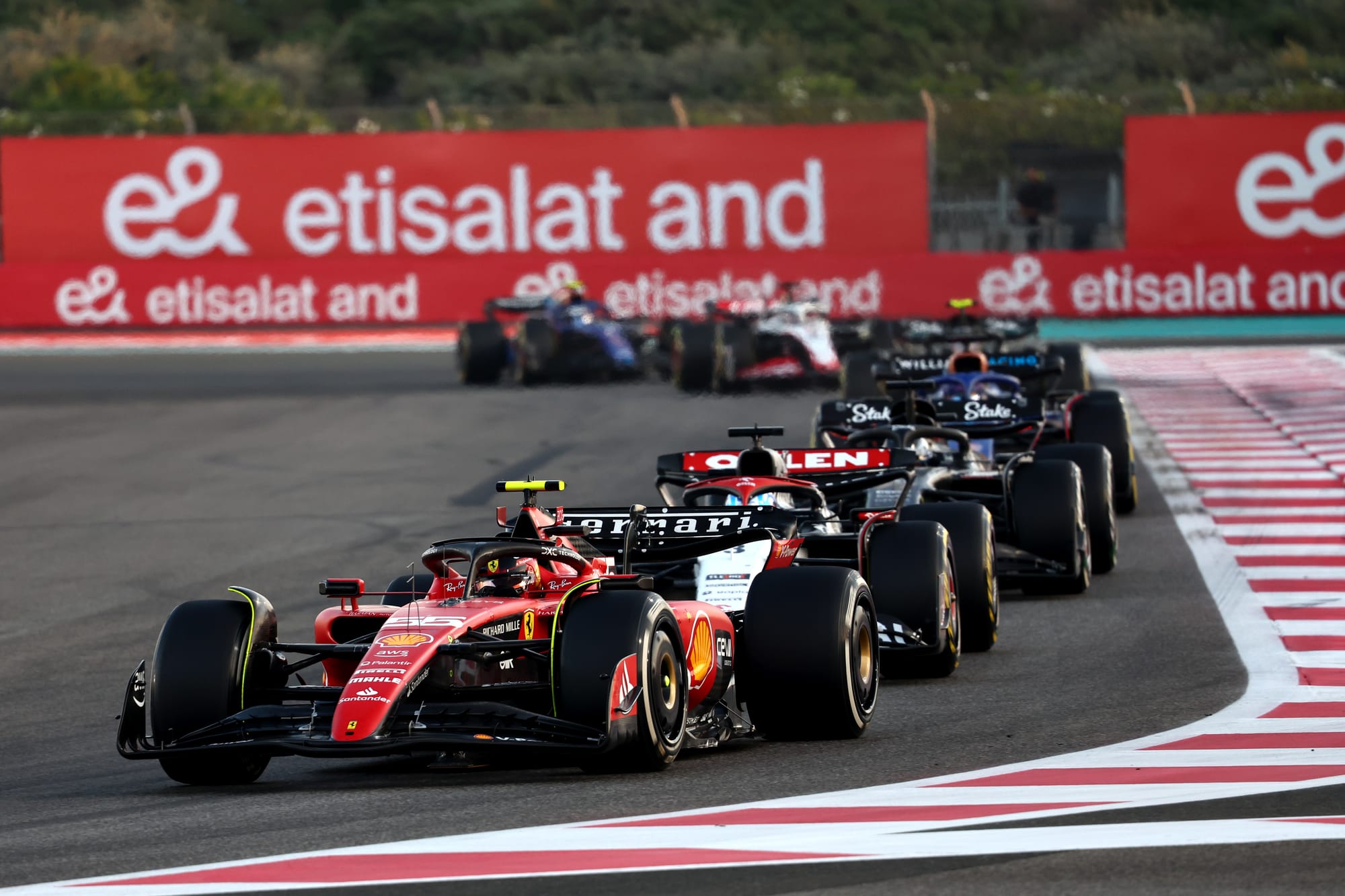
Carlos Sainz was in even worse shape. Once he’d heavily crashed the Ferrari over the Turn 3 bump on Friday (it was subsequently ground flat), his confidence seemed to take a knock and he was another not to get the tyre temperatures in qualifying. In his case, putting him out in Q1.
He had no pace in the race either, but then the Ferrari never does when it starts on the hards. The planned one-stop proved impossible as his hards were finished after just 23 laps - and the 35 laps that were left was way beyond the range of the mediums. But even before stopping for his mediums two laps from the end he was only 10th and would finish out the points.
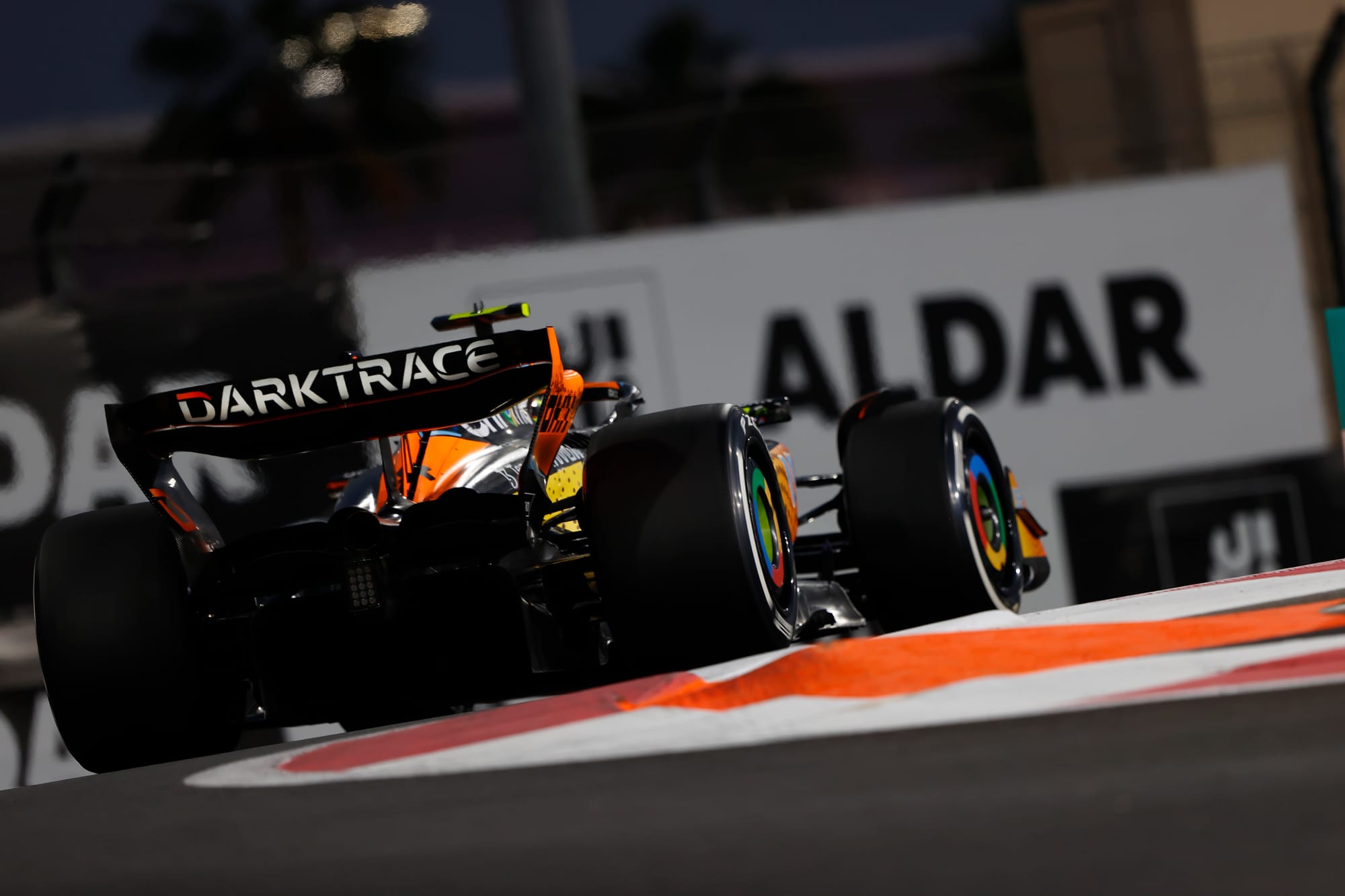
McLaren confirmed to itself that the more recent upgrades on the Ferrari (Suzuka) and Mercedes (Austin) meant it was no longer the second-fastest car, despite its great qualifying speed. Piastri gave way to Lando Norris early on but both were left behind by Leclerc as the McLaren front-right mediums began to open up at the pace Leclerc was dictating.
Piastri was passed on track by Russell and had to fend off a strong Alonso undercut threat, keeping the Aston behind him for sixth. Russell subsequently got by Norris in the pits as the latter was delayed three seconds by a sticking left-rear.
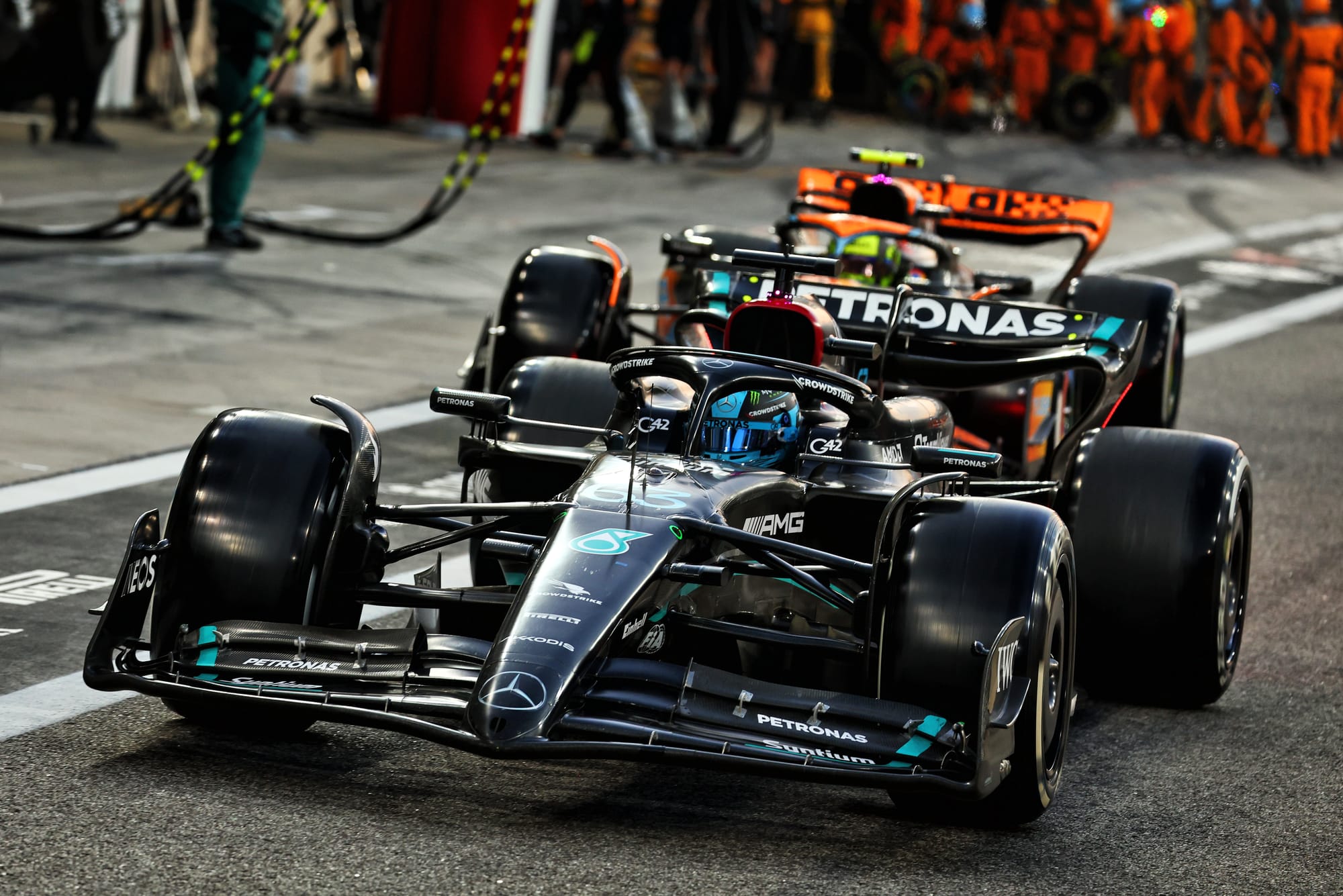
Early into the second stint, on the hards, Russell began eating into the gap to Leclerc. But the DRS zone which beckoned was never quite grasped, Leclerc having the pace in hand to stay out of reach. But not to do anything about the unstoppable Verstappen, who was 15s up the road as Leclerc gave Perez his little present on the last lap.
Perez had earlier surged past Russell on tyres nine laps newer courtesy of running long to the second stop (as it was supposed to have been a one-stop). The penalty for his earlier contact with Norris at Turn 7 seemed harsh. Yes, they banged wheels and yes, he probably didn’t need to. But Norris came out ahead - and Perez then made the pass fair and square a lap later.
It was perhaps an underwhelming end to a season of overwhelming Verstappen-Red Bull domination, with a level of superiority so rarely seen. Hopefully it remains rare, but even Helmut Marko this weekend learned not to bet against Max.


